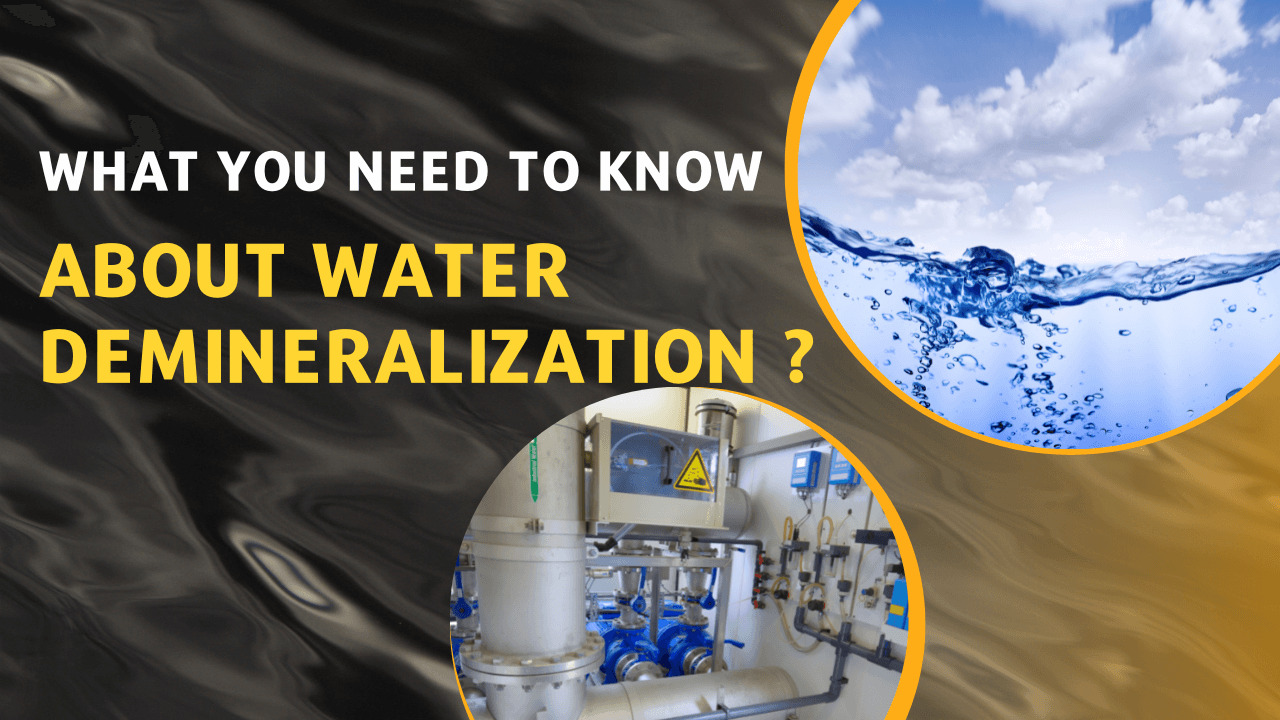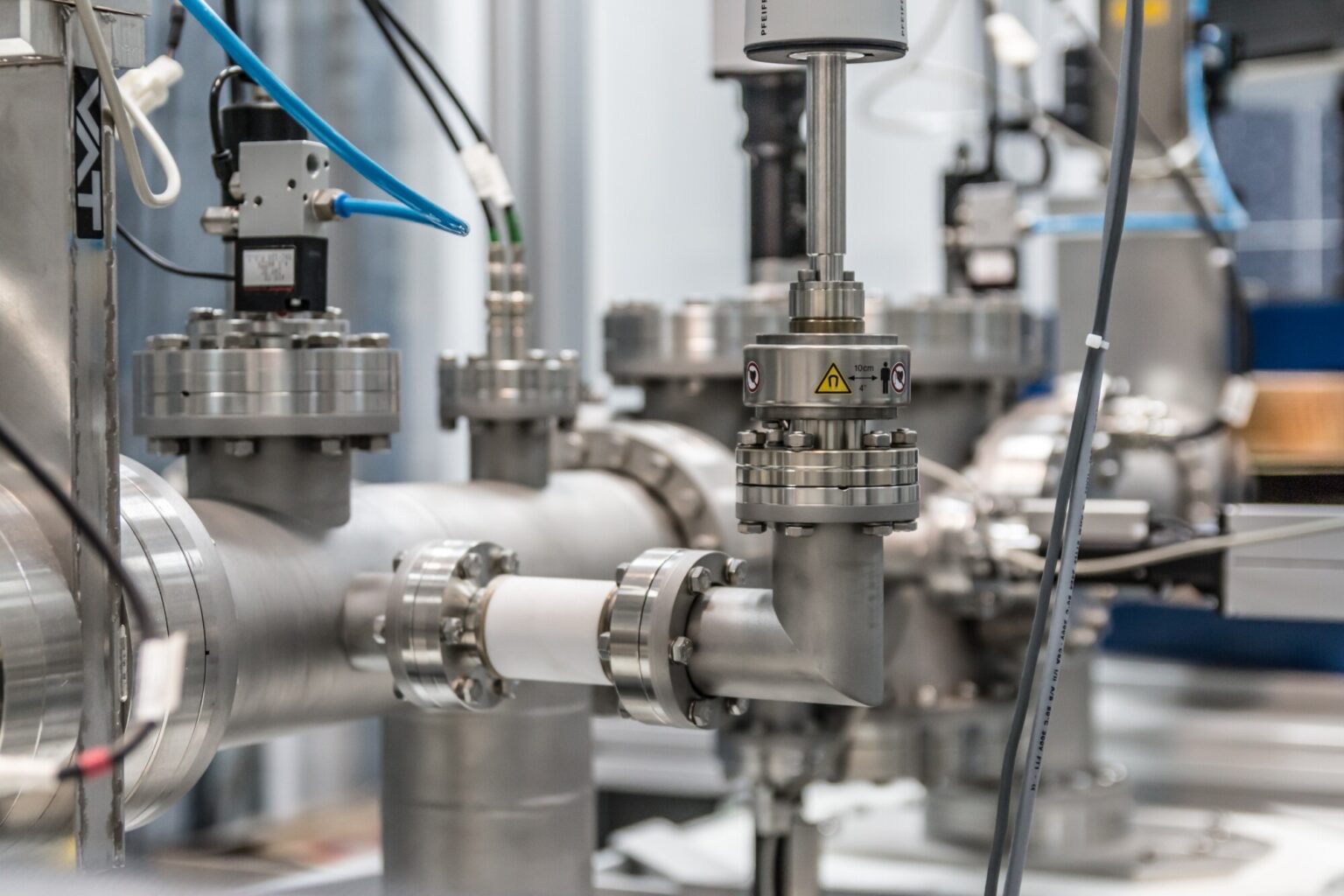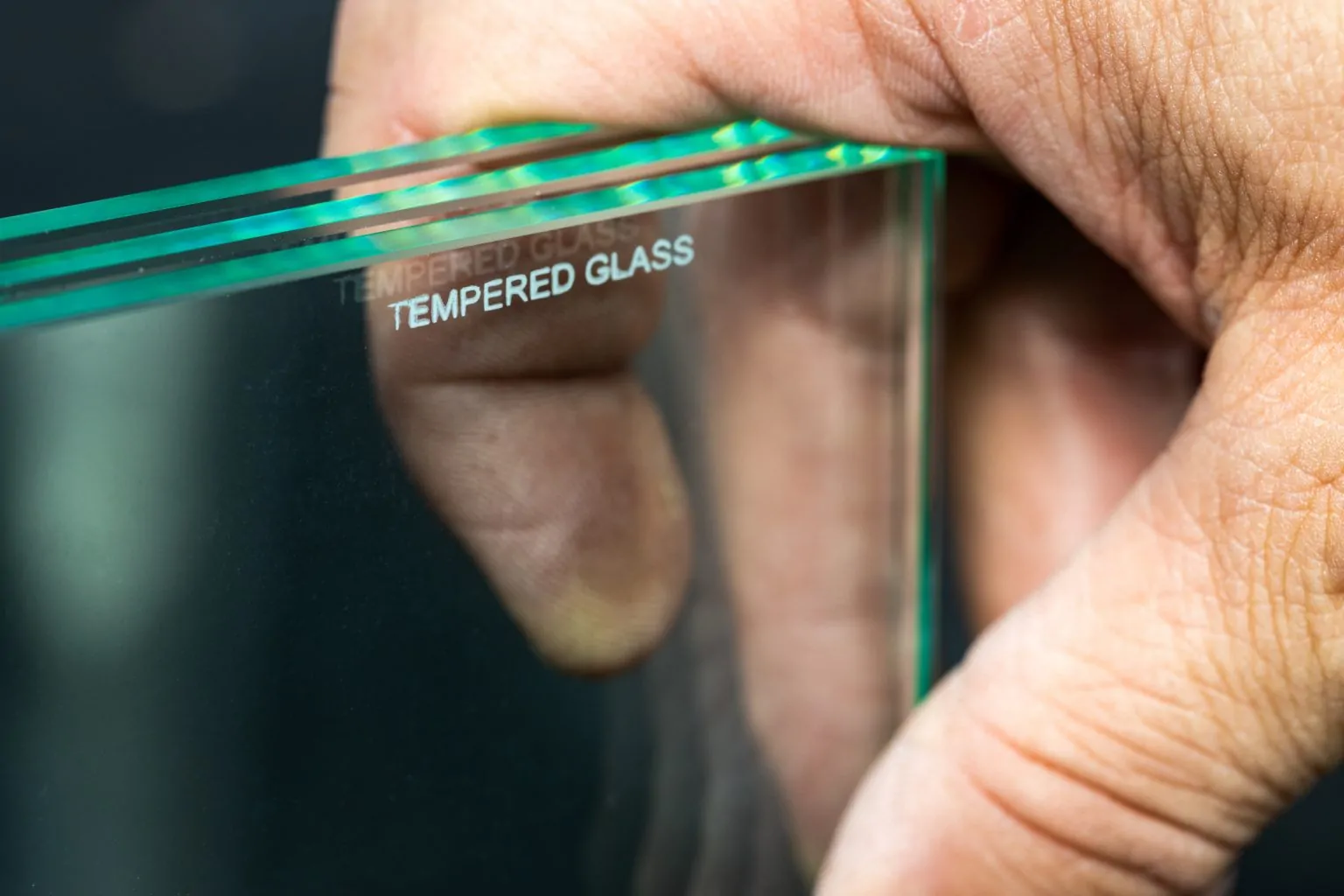If you have any experience in manufacturing, engineering, or chemicals, you probably will have heard of water demineralization. This is an essential process for a huge variety of industrial applications. Knowing how to demineralize water is often a crucial skill for any budding scientist or engineer.
But how does water demineralization work, what the demineralization process, and what are the benefits? If you are new to the process of demineralized water and want to know why it matters, you have come to the right place. Read on to find out everything you need to know about water demineralization.
Table of Contents
1. What is Water Demineralization?
First off, it’s worth breaking down what water demineralization actually is. As you might have guessed from the name, it is the process of removing certain elements (i.e. minerals) from water to create a purified final product. It does this via a process of deionization to remove any and all atomic elements from the water.
If you are wondering what the difference is between deionized vs demineralized water, the answer is that there isn’t one. These are two commonly used and fully interchangeable terms that you will encounter a lot as an engineer or industrial chemist.
2. What Does a Water Demineralizer Remove?
But what exactly does the demineralization process remove, and how is deionized water different from untreated water? Principally, there are two specific groups of elements that are removed from demineralized water. These are:
- Anions: such as calcium, iron, potassium, magnesium, and sodium.
- Cations: such as chloride, nitrate, sulfates, silica, and alkalines.
In a nutshell, anions and cations are simply negatively and positively charged ions. The water demineralization process attracts these to a filter media and then extracts them from the water, leaving a purer product that is safer to use in a wide range of industrial applications.
3. What Are the Benefits of Water Demineralization?
The most important thing to remember is that demineralized water is completely neutral, with a pH of 7. This makes it a pure form of distilled water that does not have the same corrosive properties as acid or alkaline water. A major use of demineralized water is in car batteries, where neutral water is required to cool batteries and engines.
Another major use of demineralized water is in boilers and heaters, especially on an industrial scale. For example, major science and engineering sites might make use of 500 GPM demineralizers to prevent rust and corrosion. It is for these same reasons that neutral water is an absolutely essential component of water coolant towers and systems.
In addition, the pharmaceutical and small electronics manufacturing industries also rely heavily on deionized water. In electronics, it is essential to use treated water in the manufacturing process that will not react with any of the charged components of the device.
Meanwhile, drug manufacturing requires neutral water that will not react with any parts of the drug in a potentially dangerous way.
Your Water Questions, Answered
Now that you know everything you need to know about water demineralization, we are here to answer any other questions you might have. In our dedicated Water pages, you will find expert insights on how to use water effectively and safely in your next project.






